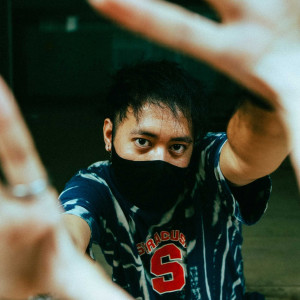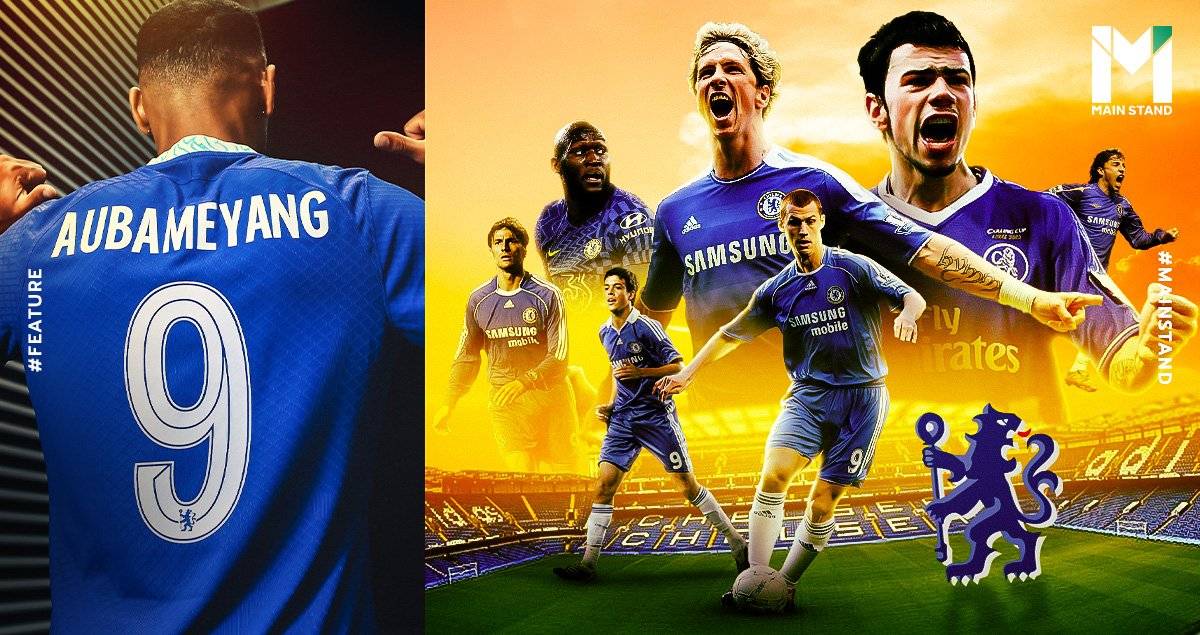
In the world of football, the phrase ‘Number 9’ has become associated with prolific goalscorers. The number has been worn by the likes of Ronaldo Nazario, Alan Shearer, Robert Lewandowski, and Gabriel Batistuta.
However, those donning the number nine at Chelsea have fared significantly less well; so much so that fans have begun to see the jersey number as a curse. In fact, none of the current squad at Stamford Bridge have agreed to take on the number this season up until Pierre-Emerick Aubameyang decided to take the jersey after signing for the club on deadline day.
Main Stand invites you to take a trip down memory lane, and hear stories from over the past 30 years in order to see if Chelsea’s ‘Number 9’ is really cursed.
A Striker’s Nightmare
The idea that Chelsea’s Number 9 is cursed dates back to the very start of the Premier League.
The first Chelsea striker to wear the shirt in the Premier League era was Tony Cascarino, an Irish forward who played for many clubs in England and France. He led the line for the Blues from 1992 to 1994, and only managed to score 8 goals in his entire two-year spell at the club.

The idea of a ‘number 9’ curse was fueled again in 1999 when Chelsea signed Chris Sutton, a superb Blackburn Rovers forward, for £10 million. Unfortunately, he paid the club back by scoring a single Premier League goal, leading Chelsea to sell him to Glasgow Celtic the following season with little hesitation.
Sutton’s struggles at Chelsea also sparked the belief in a second curse associated with the Number 9 jersey, that players wearing it would only last a single season at the club.
Unfortunately, Sutton’s successor would suffer the fate of both curses. Mateja Kežman, a Serbian striker who bagged up to 100 goals over his four-year spell at PSV Eindhoven, joined Chelsea in 2004. Despite his prolific record, he only managed to score four goals from 25 appearances for the club and was shipped out to Atlético Madrid once the season was over.
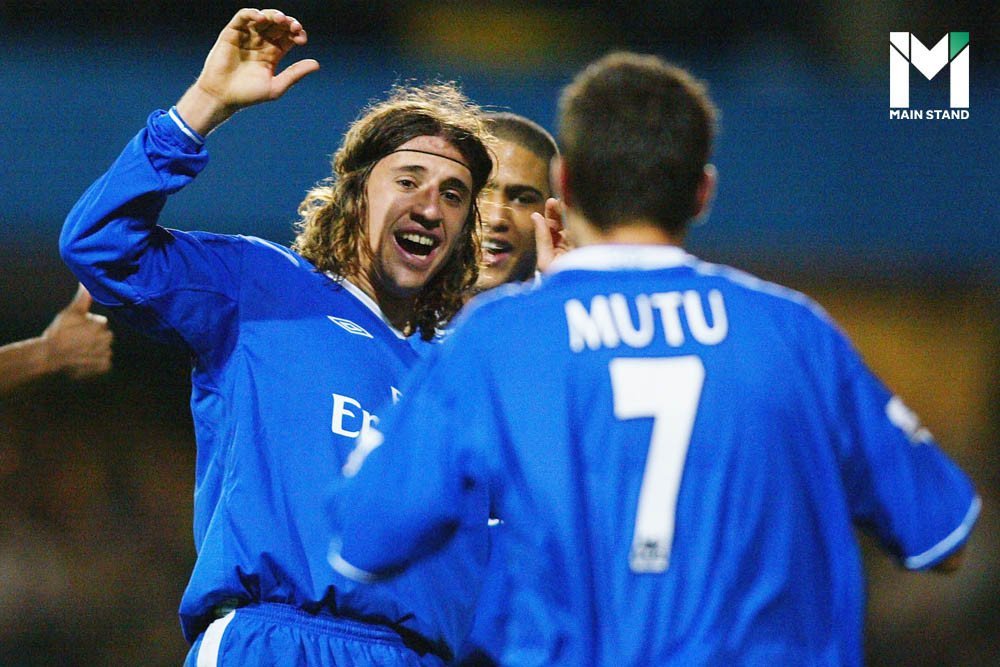
After a rising star such as Kežman was cursed donning the Number 9 jersey, another successor arrived at Stamford Bridge: Hernán Crespo, a successful Argentine forward from the Italian Serie A. He had been with the Blues since 2003 but struggled to adapt to life in the Premier League and was sent on loan back to Italy with both Inter and AC Milan.
In the 2005-06 season, Crespo rejoined Chelsea and took the Number 9 shirt. Despite netting 13 times for the club, his failure to assimilate life in England resulted in him leaving the club once the season ended.
Kežman and Crespo’s failures foreshadowed the fate of subsequent Chelsea Number 9s. For the following seasons, prominent attackers would stay well clear of the number, which would often go to substitutes, such as midfielder Steve Sidwell or defender Khalid Boulahrouz. Regardless of position, any player donning the Number 9 jersey only lasted at Chelsea for a single year.

After rising Argentinian star striker Franco Di Santo struggled with the Number 9 in 2008, it was left vacant for many years until the arrival of Fernando Torres. The Spanish striker moved to Stamford Bridge from Liverpool for a staggering, British-record transfer fee of £50 million.
The striker’s form while donning the number 9 with Liverpool led people to believe that Torres would finally break the curse at Stamford Bridge. Unfortunately, what transpired was quite the opposite. Although he played for the club for over a season and had a key role in helping the club win their maiden UEFA Champions League title, he never proved himself to be worth the massive fee spent. Worse still, it took him up to 903 minutes to score the first goal for the club.

Another bizarre victim of the curse was Radamel Falcao, who joined Chelsea on loan in 2015 despite struggling with Manchester United the previous season. It was little surprise that the Colombian striker only managed a solitary goal for the club that season.
In more recent times, fans will be familiar with the failures of players such as Álvaro Morata, Gonzalo Higuaín, Tammy Abraham, and Romelu Lukaku over the past five years.
Curse or mismanagement?
The failures of Chelsea’s Number 9s through the years may look like a curse, but the non-superstitious among us will want a better explanation.
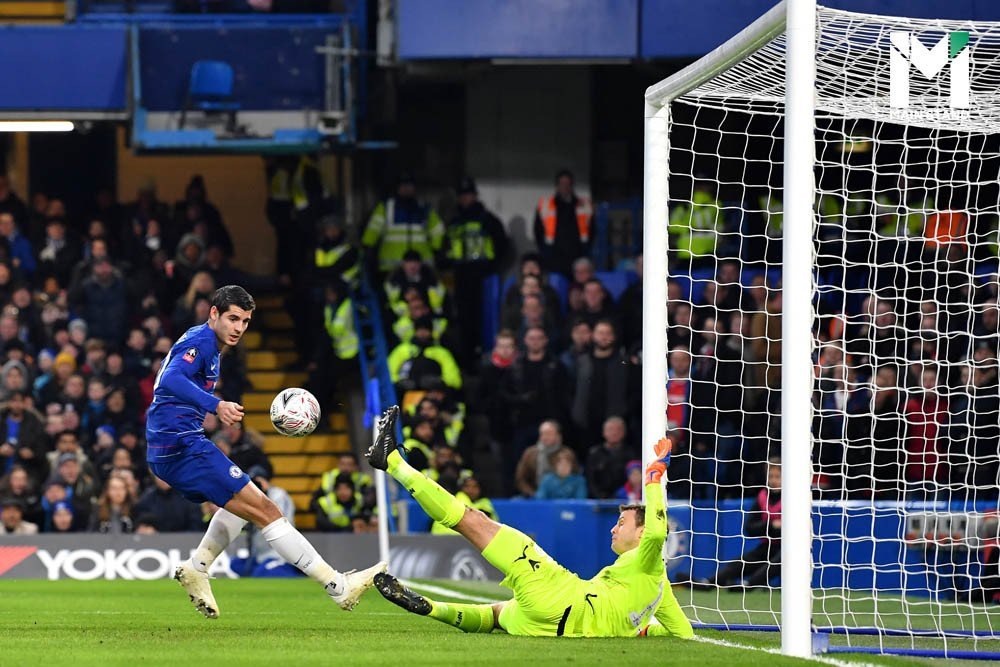
Keep in mind some Chelsea Number 9s were relatively successful. For example, Jimmy Floyd Hasselbaink, who joined the side for a huge fee in 2000, netted 69 times throughout his four seasons at the Bridge. Meanwhile, striker Gianluca Vialli managed 40 goals for Chelsea before coming the club’s manager in 1999.
Both Hasselbaink and Vialli arrived prior to Russian oligarch Roman Abramovich’s takeover of the club in 2003. While the club achieved unprecedented success in the Abramovich era, their recruitment was often wide of the mark, especially in the early years.
Looking into the list of unsuccessful forwards, many of them struggled at Chelsea despite not wearing the ‘cursed’ Number 9. For instance, Adrian Mutu, a Romanian striker who joined the club for £15.8 million, was banned from football for cocaine use shortly after arriving at Stamford Bridge. Andriy Shevchenko, a legendary Ukrainian player, joined the club for £30 million and struggled to live up to the fee paid for him.
The pressure of justifying a huge fee is something they share with both Fernando Torres and the most recent ‘victim’ of the ‘curse,’ Romelu Lukaku, who joined the club for £97 million.

The huge expectations that come with leading the line at Chelsea can fall hard on the shoulders of those not suited for the task. For example, Falcao and Higuaín were well beyond their prime and unlikely to replicate the form they showed at their peak. Meanwhile, Abraham and Di Santo were only young players at a club which has previously struggled to provide a pathway for up-and-coming talent.
Exacerbated by Abramovich’s goal to win every season, it was impossible that the players would be able to adapt to the team or improve themselves. Most of Chelsea’s Number 9s only lasted a single season because the club, management, and fans were unwilling to give them a second chance.
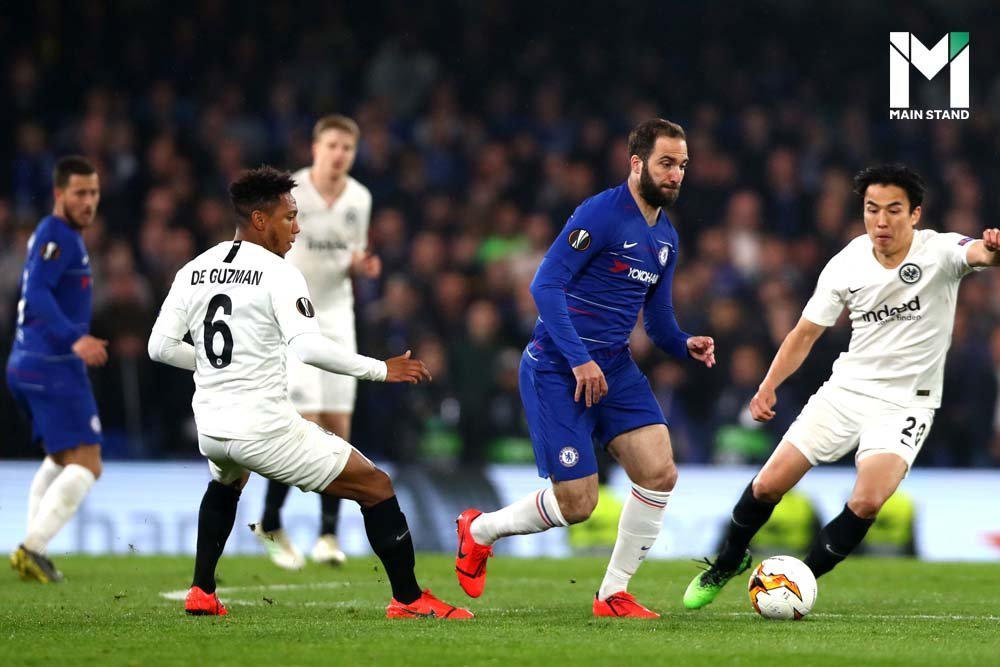
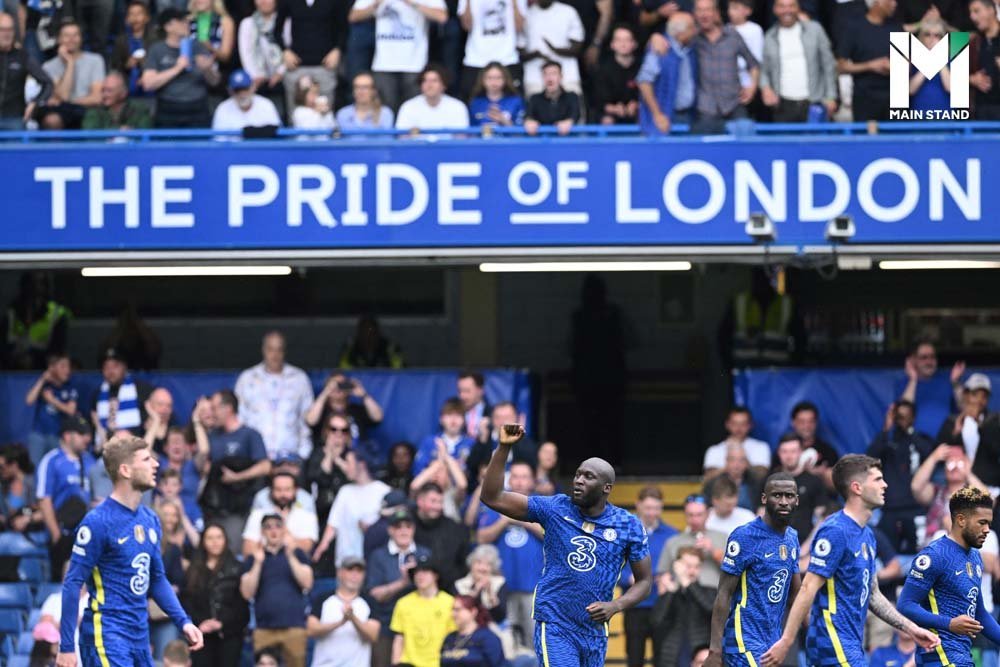
Though superstition may play a prominent part in football, Chelsea’s striker ‘curse’ reeks more of pressure and mismanagement. The club’s desire for instant success leads to unrealistic demands on those leading the line, and this psychological impact is clear. Rather than avoiding the number, the Blues should instead address how they integrate strikers into their team and how they can get the best out of them.
Sources :
https://www.goal.com/en/lists/torres-higuain-lukaku-curse-chelsea-no9/blt19e11baab82ab403#cse2015fa08000b7dd
https://www.planetfootball.com/quick-reads/ranking-every-player-to-wear-no-9-for-chelsea-in-the-premier-league/
https://thesefootballtimes.co/2017/08/08/why-did-andriy-shevchenko-and-hernan-crespo-fail-to-ignite-at-chelsea/



